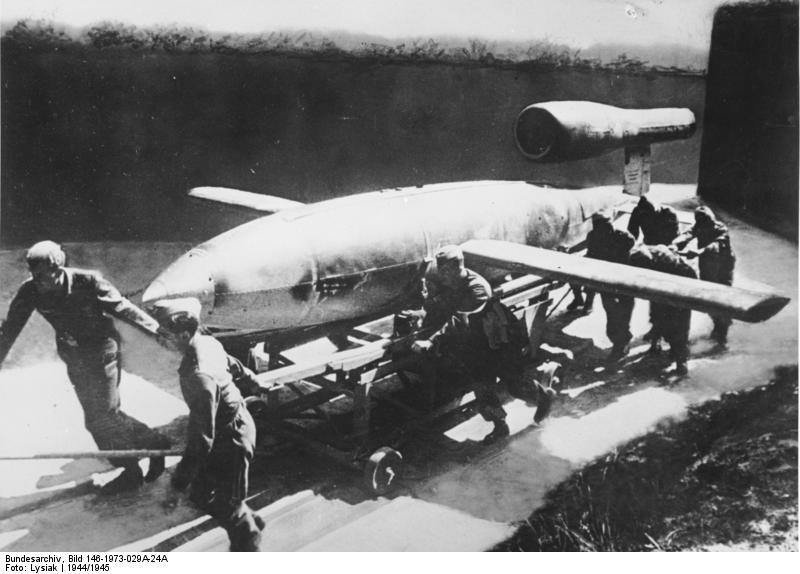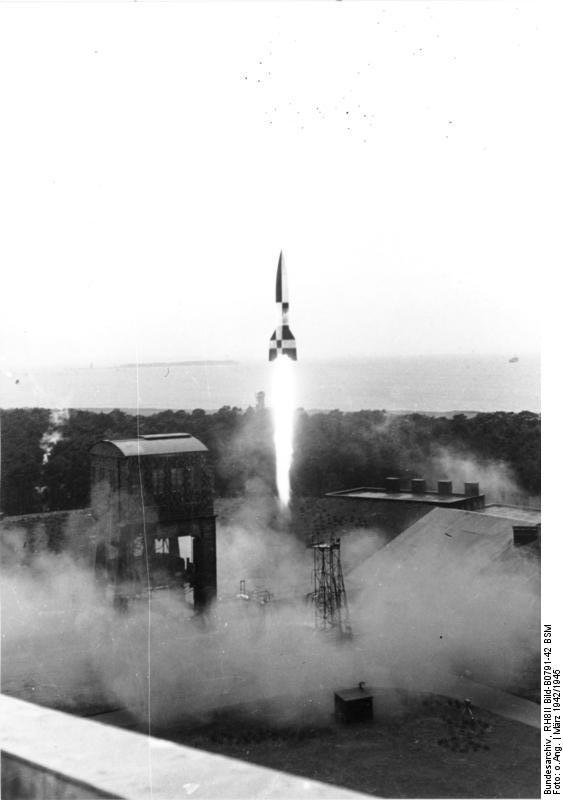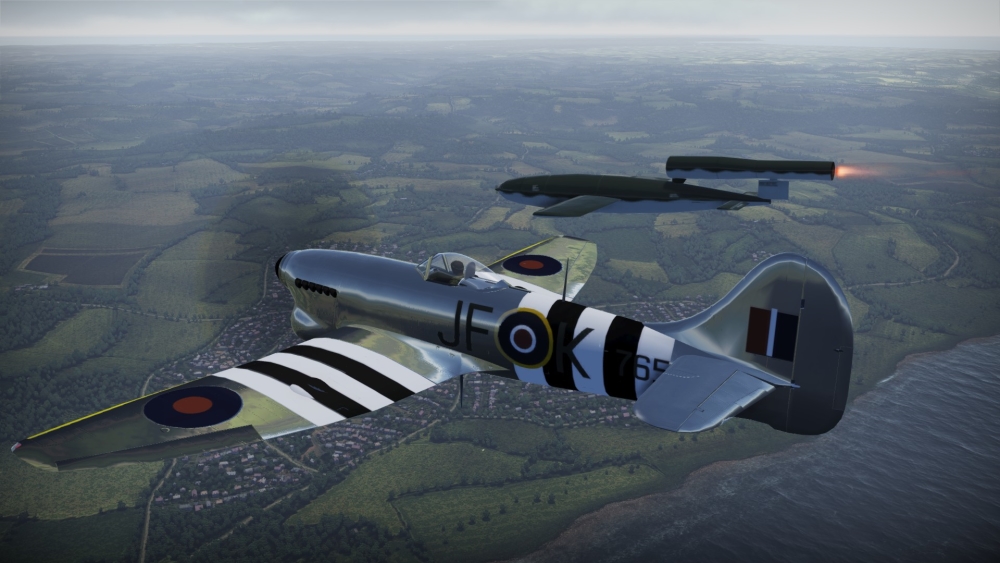
- For PC
- For MAC
- For Linux
- OS: Windows 7 SP1/8/10 (64 bit)
- Processor: Dual-Core 2.2 GHz
- Memory: 4GB
- Video Card: DirectX 10.1 level video card: AMD Radeon 77XX / NVIDIA GeForce GTX 660. The minimum supported resolution for the game is 720p.
- Network: Broadband Internet connection
- Hard Drive: 17 GB
- OS: Windows 10/11 (64 bit)
- Processor: Intel Core i5 or Ryzen 5 3600 and better
- Memory: 16 GB and more
- Video Card: DirectX 11 level video card or higher and drivers: Nvidia GeForce 1060 and higher, Radeon RX 570 and higher
- Network: Broadband Internet connection
- Hard Drive: 95 GB
- OS: Mac OS Big Sur 11.0 or newer
- Processor: Core i5, minimum 2.2GHz (Intel Xeon is not supported)
- Memory: 6 GB
- Video Card: Intel Iris Pro 5200 (Mac), or analog from AMD/Nvidia for Mac. Minimum supported resolution for the game is 720p with Metal support.
- Network: Broadband Internet connection
- Hard Drive: 17 GB
- OS: Mac OS Big Sur 11.0 or newer
- Processor: Core i7 (Intel Xeon is not supported)
- Memory: 8 GB
- Video Card: Radeon Vega II or higher with Metal support.
- Network: Broadband Internet connection
- Hard Drive: 95 GB
- OS: Most modern 64bit Linux distributions
- Processor: Dual-Core 2.4 GHz
- Memory: 4 GB
- Video Card: NVIDIA 660 with latest proprietary drivers (not older than 6 months) / similar AMD with latest proprietary drivers (not older than 6 months; the minimum supported resolution for the game is 720p) with Vulkan support.
- Network: Broadband Internet connection
- Hard Drive: 17 GB
- OS: Ubuntu 20.04 64bit
- Processor: Intel Core i7
- Memory: 16 GB
- Video Card: NVIDIA 1060 with latest proprietary drivers (not older than 6 months) / similar AMD (Radeon RX 570) with latest proprietary drivers (not older than 6 months) with Vulkan support.
- Network: Broadband Internet connection
- Hard Drive: 95 GB
A Tempest Mk. V trying to topple a V-1 with its wingtip, coast of England, 1944.
G.E. Kosh, No.3 Squadron, Newchurch, June 1944 skin by BlackCat_27 | download here
During the Second World War, Nazi-Germany ran a sophisticated research program for the development of flying bombs and rockets. When finally brought into service in 1944, the ‘Wunderwaffen’, as they were called by the German propaganda, were supposed to turn the tide in a war that was already lost.
 |
| A Fieseler Fi 103 (V-1) being transported and prepared for launch, 1944/45 |
The first ‘wonder weapon’, the Fieseler Fi 103, was based on the concept of a ‘long distance projectile in the shape of an aircraft’, as it was formulated by the German Reich Aviation Ministry. The development of the unmanned flying bomb started in 1942 at the Gerhard-Fieseler-Werke, employing the ‘Pulso-Schubrohr As 014’ pulse jet engine developed by the Argus Motoren Gesellschaft in Berlin.
With around 850 kilograms of Amatol-based explosive, the Fi 103 weighed a total of 2160 kilograms. Through the engine’s 3,28 kN of thrust the ‘Höllenhund’ (‘Hellhound’), as the weapon was called during development, was thus able to reach a top speed of 576 km/h in 760 meters height with a maximum range of 286 km. Prior to the launch, the Fi 103 was configured for a certain course using the so-called ‘Kirschkern’ process, where incoming telemetry signals from a Fi 103 in flight were used to improve the targeting for the next Fi 103 to be launched.
Due to its poor accuracy diameter of around 12 kms from its intended destination, the weapon was more or less useless against military targets. It was thus re-purposed as the ‘Vergeltungswaffe 1’ (‘Vengeance weapon 1’) or V-1, to be used as a method of terror bombing and to demoralize the enemy.
On June 12th, 1944, the first ten V-1 were launched against the British capital, London, of which only four reached England. Around ten thousand more ‘buzz bombs’ were to follow on England alone, but their success was limited. Many of them either missed, had technical failures or were shot down by Allied fighters. It was, however, a cost effective weapon that could do what German bombers at that time could do not.
 |
|
An Aggregat 4 (V-2) launching from a testing ground, 1942 |
Another German ‘wonder weapon’ of similar nature was the ‘Aggregat 4’ (‘Aggregate 4’), a ballistic rocked being developed from 1939 by the renown rocket engineer Wernher von Braun in Peenemünde.
The 14 meter high rocket was powered by a liquid-propellant rocket engine and was launched vertically from a launching pad, contrary to the Fi 103 that was launched from a so-called ‘Walter-Schleuder’ (‘Walter sling’). The engine produced a thrust of nearly 250 kN, which was revolutionary for that time and able to speed up the rocket to Mach 5 (~5500 km/h) in 60 seconds of burn time.
Similar to the Fi 103, it was programmed for a certain course and destination prior to the launch. In flight, a modern inertial navigation system in combination with gyroscopes kept the A4 on course, using an analog computer to recognize course deviation and several control vanes to correct it.
Armed with around 738 kilograms of Amatol-based explosive, the destructive power of the ‘Aggregat 4’ was comparable to the Fi 103, although it came at a much higher cost of 100.000 (compared to only 3.500) Reichsmark per unit. The main advantage of the A4 over the Fi 103 however was the way ‘how’ and ‘how fast’ it could reach its destination.
At an effective operational range of 250 to 320 kilometers, the A4 was able to reach its target in a ballistic curve around 4 to 5 minutes after launch, which made not only interception impossible: While it was possible to warn the population of an incoming ‘buzz bomb’ attack using air raid alarms, the A4 was so fast that the supersonic bang was actually following the sound of the massive explosion caused by the rocket.
On June13th, 1942, the first successful launch of an A4 happened at Peenemünde, with the rocket reaching 1.3 km height before exploding. In a later launch, the A4 surpassed the Kármán line, making it the first man-made object in space. From 1944 to the end of the war, it saw use as the ‘Vergeltungswaffe 2’ (‘Vengeance weapon 2’) or V-2, with similar intentions and success as the V-1.
The War Thunder Team




